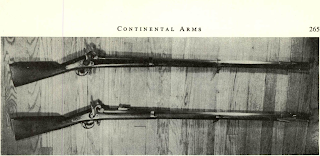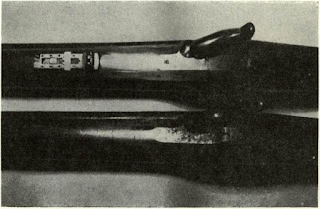Among Prussian arms specially imported, Boker
Sample No. 11 was the Austrian rifle, with broad
A specimen of the Boker-modified Lorenz Jaeger
That this is one of Boker’s guns is fairly conclusively proved by the fitting of a brass shield on top
been stamped in a double die, the male die not so
Three patterns of arms are not well described by
The first example of this gun seen was in the Marine Corps Museum at Quantico, Virginia. Museum chief
Sample No. 11 was the Austrian rifle, with broad
A specimen of the Boker-modified Lorenz Jaeger
That this is one of Boker’s guns is fairly conclusively proved by the fitting of a brass shield on top
 |
| Brazilian light Minie combined characteristics of Enfield and Minie .577 rifles. Arms are |
been stamped in a double die, the male die not so
Three patterns of arms are not well described by
The first example of this gun seen was in the Marine Corps Museum at Quantico, Virginia. Museum chief


Comments
Post a Comment